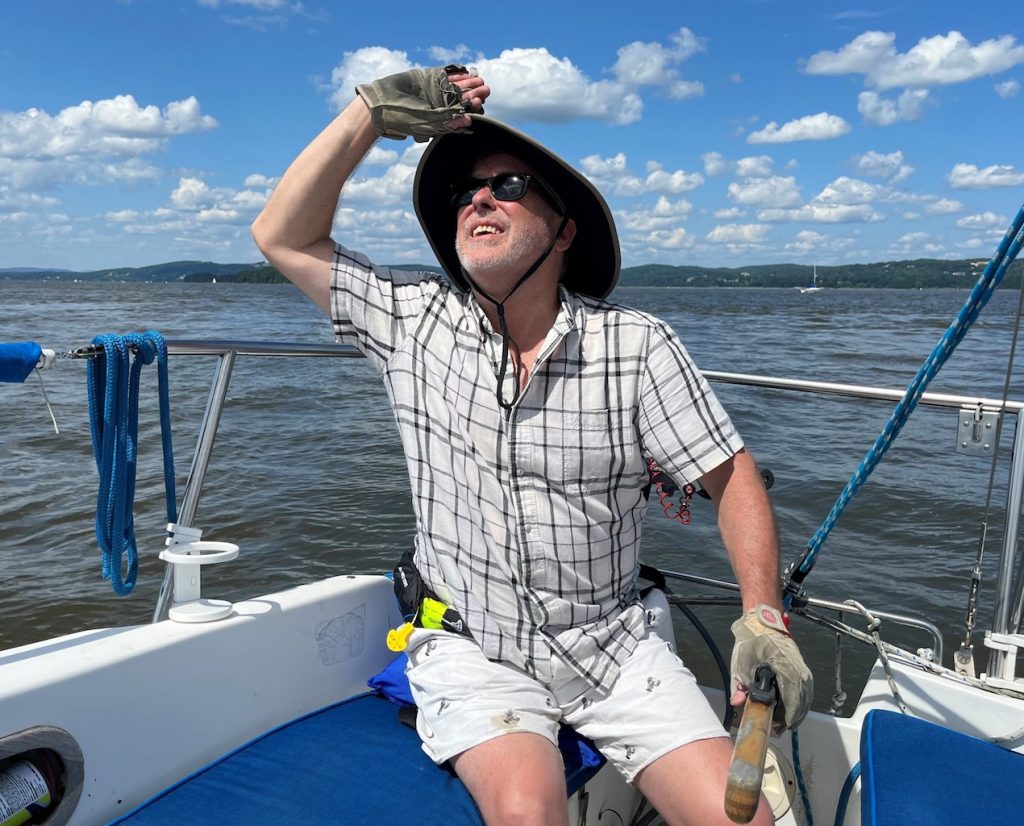5 tips from the BoatUS Foundation
for protecting you and your crew while boating in severe heat

ANNAPOLIS, Md., July 24, 2023 – As the country continues to bake under record high temperatures, boaters often head to the water for respite. However, some may be unprepared for what it takes to withstand a high-heat day. Here are five tips from the nonprofit BoatUS Foundation for Boating Safety and Clean Water that can help ensure everyone’s safety as temperatures climb.
1. Create shade. Direct sunlight can make the air feel 10- to 15 degrees warmer. Reduce the time you spend in it. If you don’t have a cabin or bimini top that offers sun protection, wide-brimmed hats; loose fitting, moisture-wicking clothing (try a UPF-rated long sleeve shirt); or fishing neck gaiters are next best. Of course, reef-friendly sunblock is a must for burn prevention.
2. Keep extra water aboard. Yeah, that’s a no-brainer. However, you’d be surprised how many boaters bring just enough water for a single day’s outing. Crew and guests may want consume water like out of a firehose on super hot days! (Good boating housekeeping tip: Keep a supply of bottled water in a locker or dry bilge area next to the hull, below the waterline. The water will stay cooler than the air temperature, and it makes it easy to share – or restock your cooler.)
3. Know how to stay cool, safely. Of course, boaters can take advantage of the best way to stay cool: jump in! Just don’t jump off a moving vessel. Find a safe, out-the-way anchorage, drop the hook and enjoy!
4. Know the signs of heatstroke. Heatstroke occurs when the body is unable to cool down. It can happen either gradually or suddenly. Telltale signs are heavy sweating, paleness, muscle cramps, tiredness, weakness, dizziness, headache, fainting, skin hot to the touch, nausea or vomiting. Infants and children are especially susceptible. Immediately moving the victim to a cooler environment and providing lots of fluids can help buy time for a heatstroke victim until you reach first responders.
5. Have a way to communicate. If you have an unexpected breakdown or other issue, this is not the time of year to be stuck out on the water. Not only is the temperature a significant stressor, atmospheric conditions, especially in the afternoon hours, can bring sudden and powerful storms. Ensure your VHF is operational, and bring your cellphone, keeping it dry and charged.


